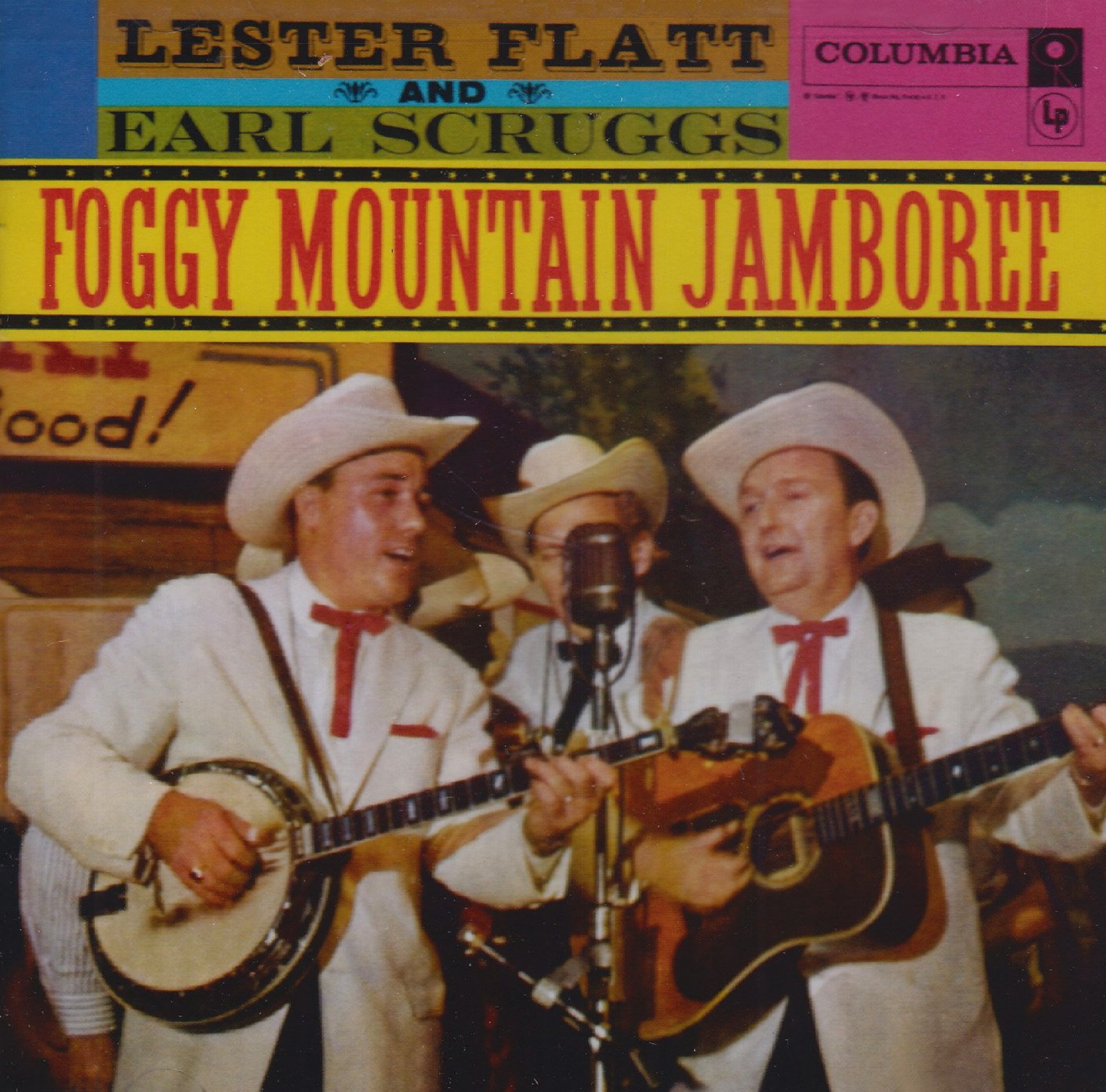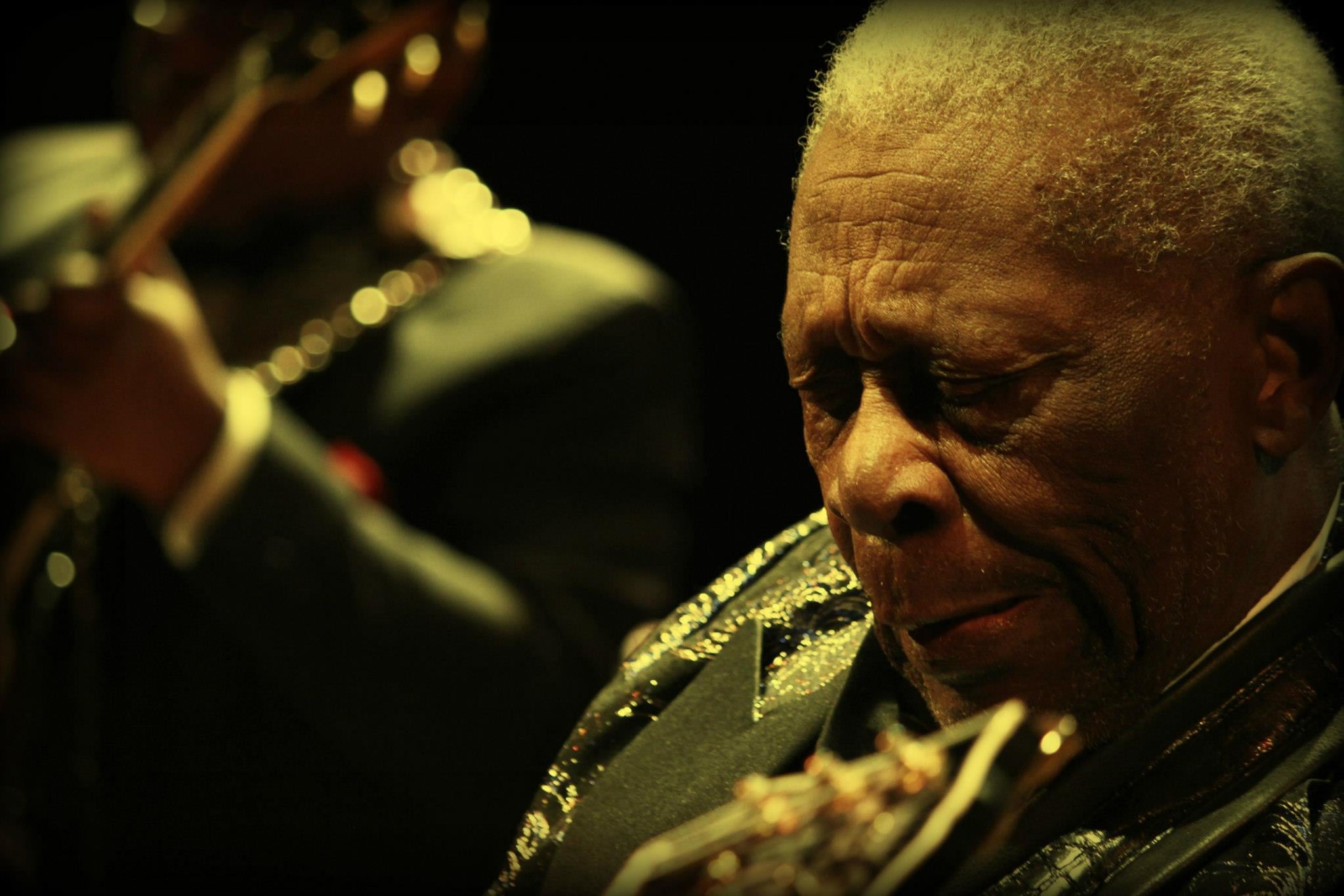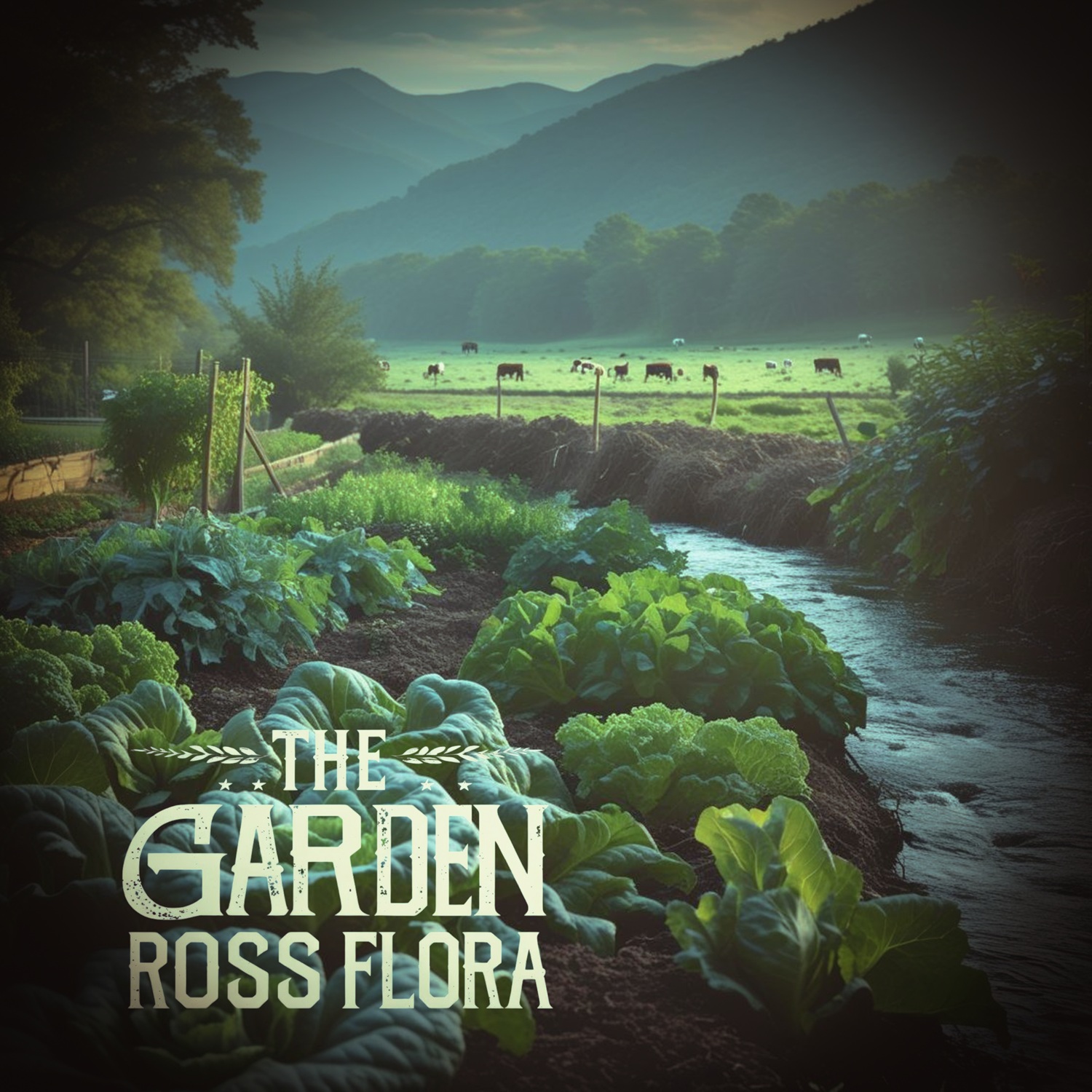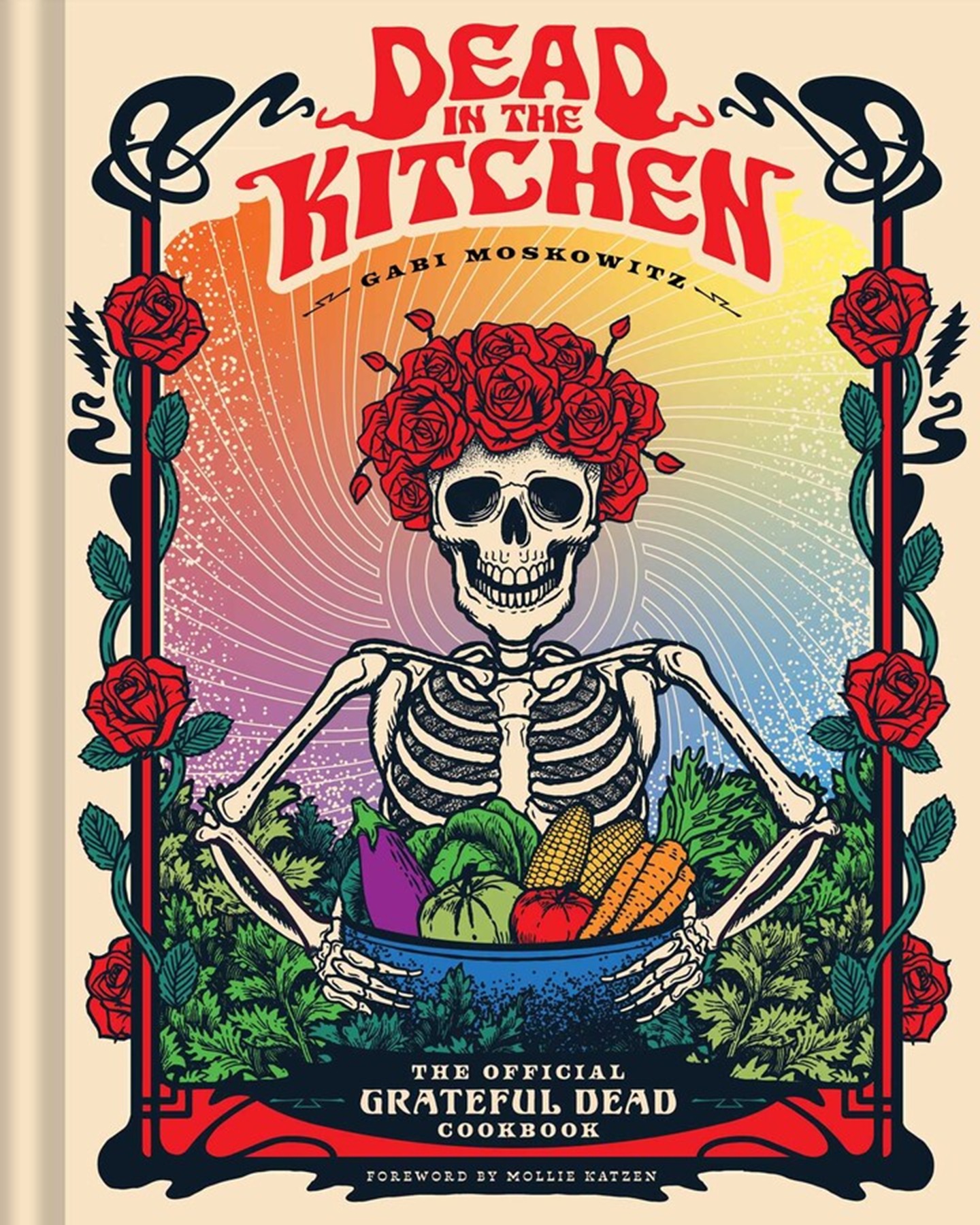Earl Scruggs, born on January 6, 1924, would have celebrated his 100th birthday today. His influence on Bluegrass and Americana music is profound and multifaceted, transforming the landscape of American roots music.
Scruggs' most significant contribution was his innovative three-finger banjo picking style, known as "Scruggs style." Before Scruggs, the banjo was primarily played with a clawhammer technique, producing a more rhythmic and less melodic sound. Scruggs' approach, characterized by its rolling, syncopated picking patterns, allowed for greater musical complexity and expressiveness. This technique became a cornerstone of Bluegrass music and is still widely used today.
One of Earl Scruggs' most influential pieces is "Foggy Mountain Breakdown." Recorded in 1949 with Lester Flatt in the band Flatt & Scruggs, this instrumental is a quintessential example of Bluegrass music. Its driving, upbeat tempo and intricate banjo work have made it an enduring classic, featured in numerous films and TV shows, most notably in the 1967 film "Bonnie and Clyde."
Another key piece is "The Ballad of Jed Clampett," known as the theme for the television show "The Beverly Hillbillies." This song brought Bluegrass into the living rooms of mainstream America, showcasing the genre's appeal beyond its traditional rural audience.

Scruggs' influence extended well beyond Bluegrass. He was a significant figure in the folk revival of the 1960s and influenced a broad range of musicians, including rock artists. Jerry Garcia, the iconic guitarist of the Grateful Dead, was profoundly influenced by Scruggs. Garcia, initially a banjo player, was inspired by Scruggs' technique and incorporated many elements of Bluegrass into his own music, creating a unique blend that contributed to the psychedelic sound of the Grateful Dead.
Scruggs was also known for his willingness to experiment and embrace change. In the 1960s, he formed the Earl Scruggs Revue with his sons, exploring the intersections between Bluegrass, country, and rock music. This openness to new influences and sounds helped keep Bluegrass relevant and evolving, inspiring subsequent generations of musicians.
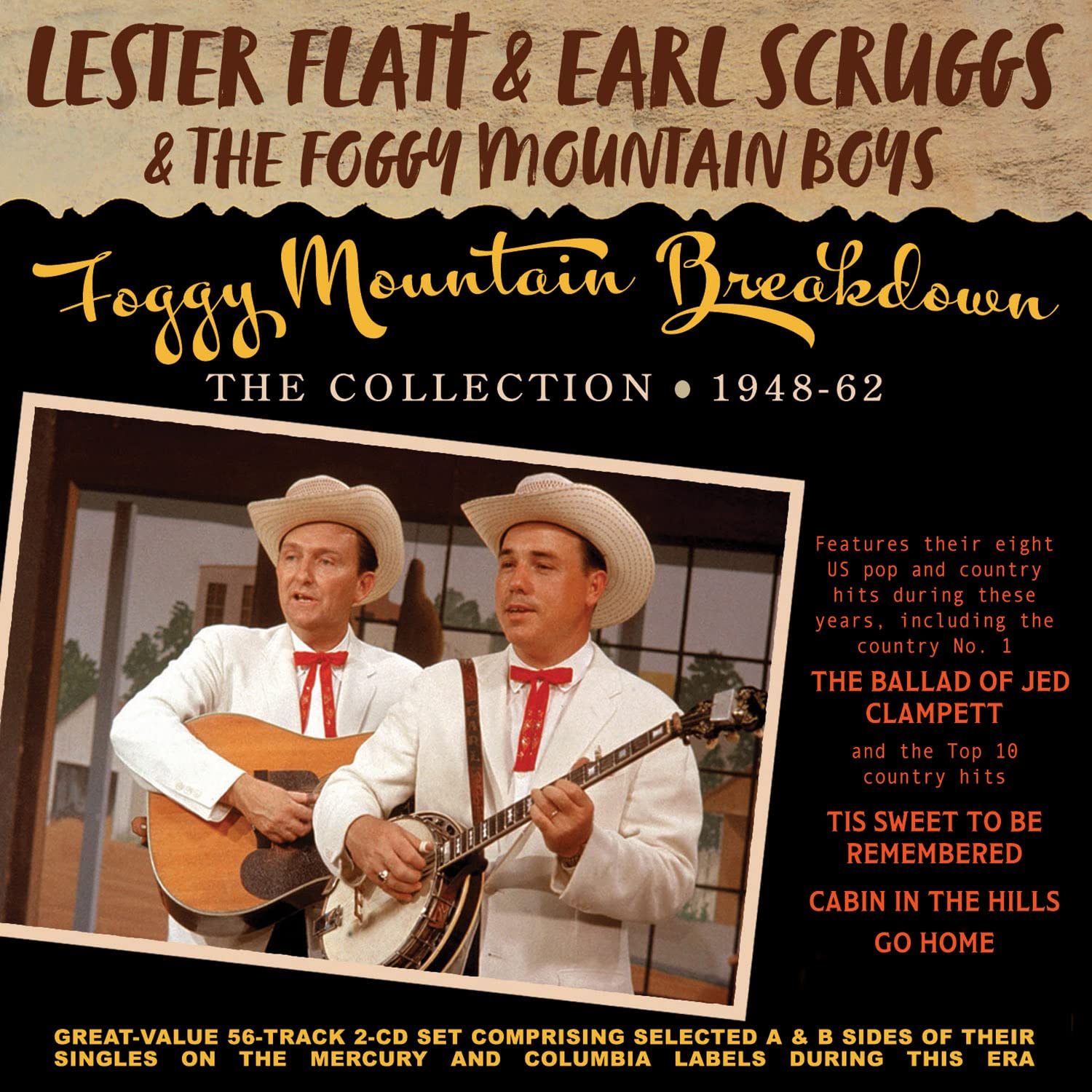
In remembering Earl Scruggs on his 100th birthday, we celebrate not just a master musician but a pioneering spirit whose legacy continues to resonate across multiple genres. His innovation, virtuosity, and influence make him an enduring icon in American music history. His work is not just a collection of songs but a living, breathing part of the musical landscape, continually inspiring and delighting new generations of musicians and music lovers alike.
"Foggy Mountain Jamboree" (1957)
Significant Tracks: "Foggy Mountain Breakdown," "Flint Hill Special"
Influence: This album is essential in the Bluegrass canon. "Foggy Mountain Breakdown" became an anthem of sorts for Bluegrass music, showcasing Scruggs' incredible banjo technique. "Flint Hill Special" features a unique tuning peg technique, further demonstrating Scruggs' innovative approach to the banjo.
"Hard Travelin'" (1963) with Lester Flatt
Significant Tracks: "The Ballad of Jed Clampett"
Influence: This album features "The Ballad of Jed Clampett," which became the first Bluegrass recording to reach number one on the Billboard charts, significantly boosting the genre's popularity.
"Live at Carnegie Hall" (1962)
Significant Tracks: "Cumberland Gap," "Earl's Breakdown"
Influence: This live album captures the energy and virtuosity of Flatt & Scruggs. It's a testament to their appeal outside traditional Bluegrass circles, showcasing their ability to captivate a diverse audience.
"Earl Scruggs: His Family and Friends" (1972)
Significant Tracks: "Nashville Skyline Rag"
Influence: This album represents Scruggs' foray into a more eclectic sound, featuring collaborations with artists like Bob Dylan and Joan Baez. It exemplifies his willingness to push the boundaries of Bluegrass.
"The Earl Scruggs Revue" (1973)
Influence: This album, recorded with his sons, highlights Scruggs' adaptability and openness to fusion and crossover styles, blending rock, country, and folk elements with traditional Bluegrass.
"Foggy Mountain Breakdown"
Contribution: Perhaps Scruggs' most famous piece, it's a banjo showcase that has become synonymous with Bluegrass music. Its use in "Bonnie and Clyde" also brought Bluegrass to a wider audience.
"Earl's Breakdown"
Contribution: This song highlights Scruggs' innovative banjo tuning pegs, allowing him to change the pitch of strings mid-play, adding a new dimension to the instrument's capabilities.
"Randy Lynn Rag"
Contribution: A testament to Scruggs' versatility and technical proficiency, this instrumental piece is a favorite among Bluegrass musicians for its complexity and energy.
"Ground Speed"
Contribution: Another instrumental showcasing Scruggs' speed and dexterity, this song is a staple in the Bluegrass repertoire, often used to teach advanced banjo techniques.
"Nashville Skyline Rag"
Contribution: Featured in his collaboration album, this track merges Bluegrass with elements of folk and country, illustrating Scruggs' ability to bridge genres seamlessly.





